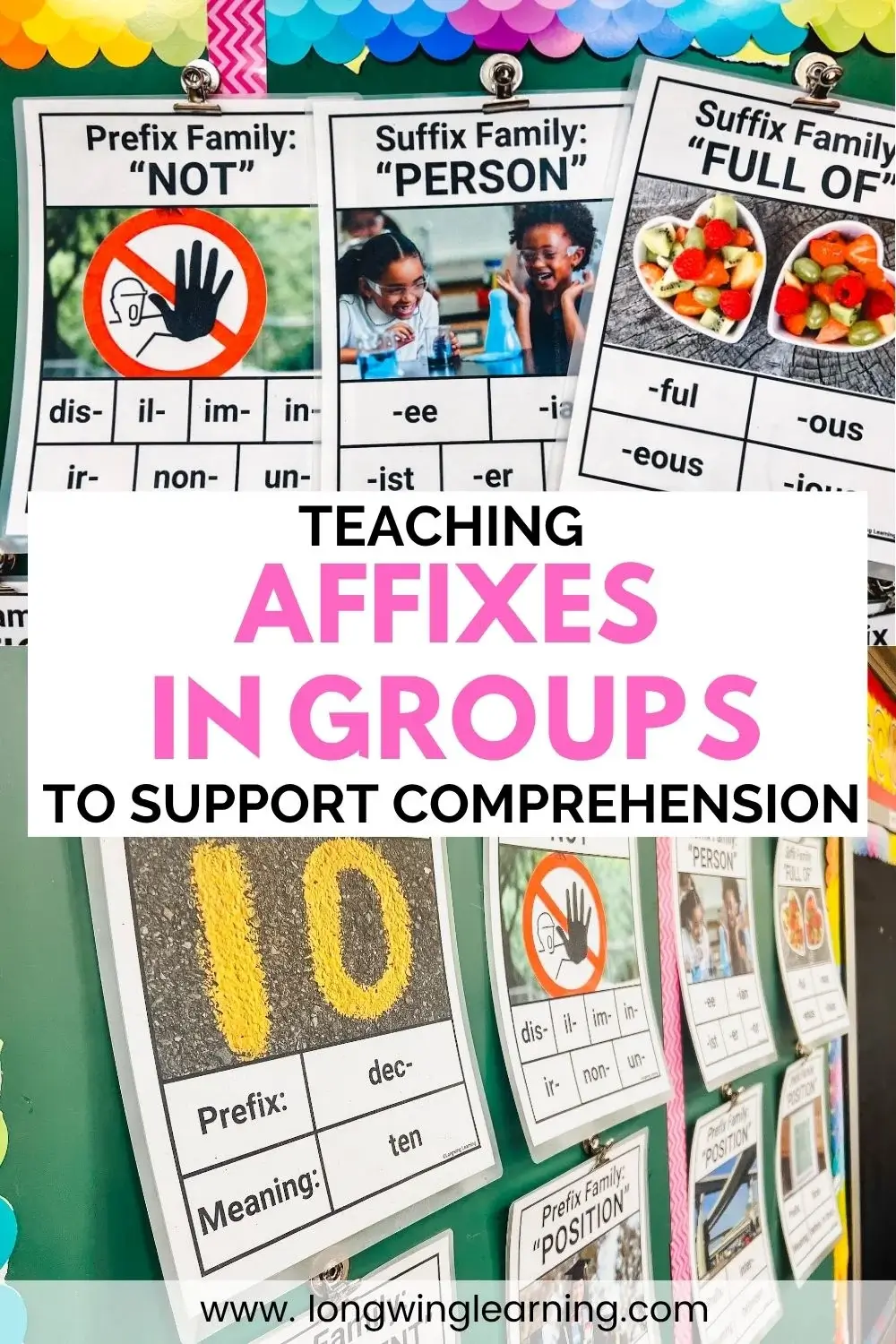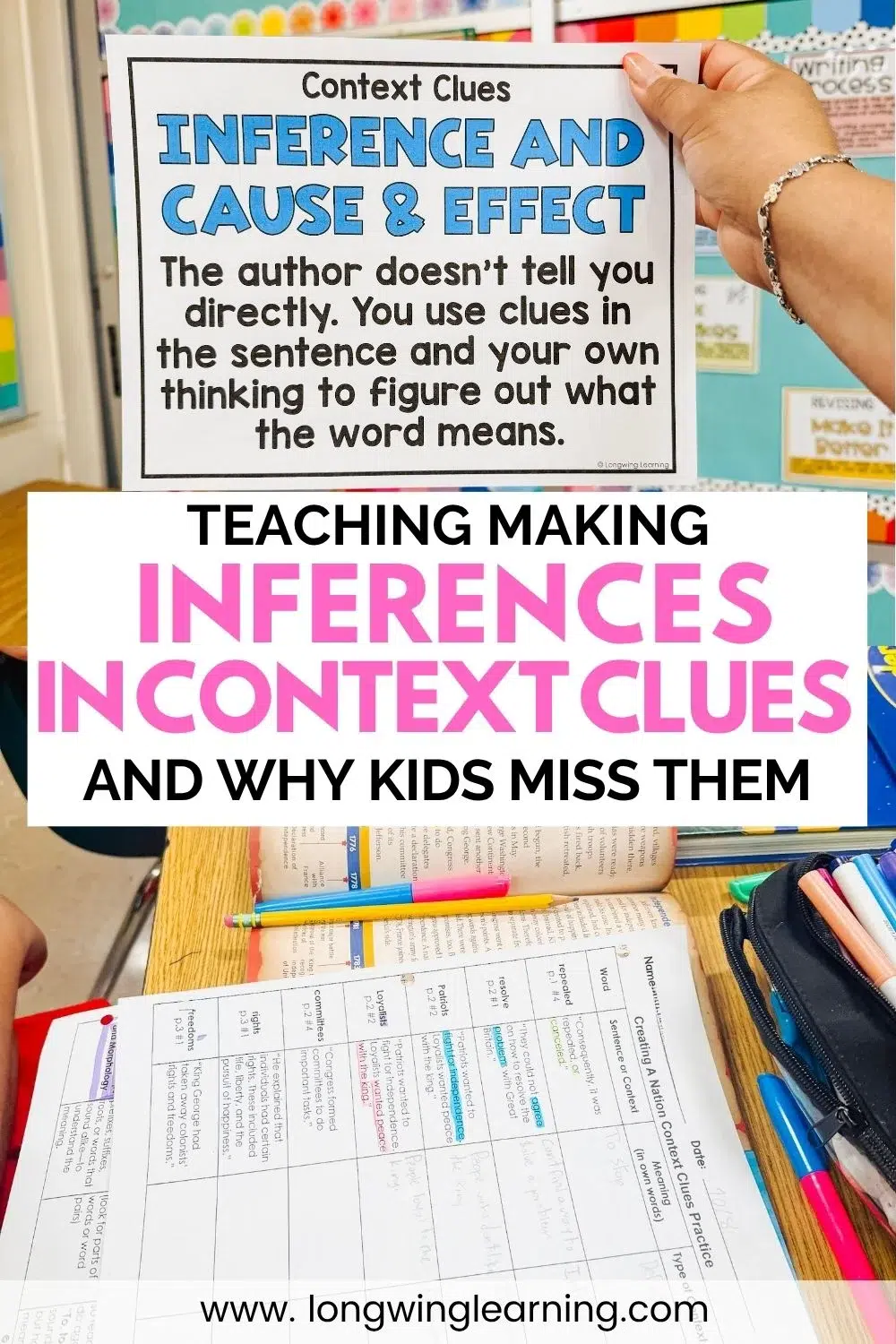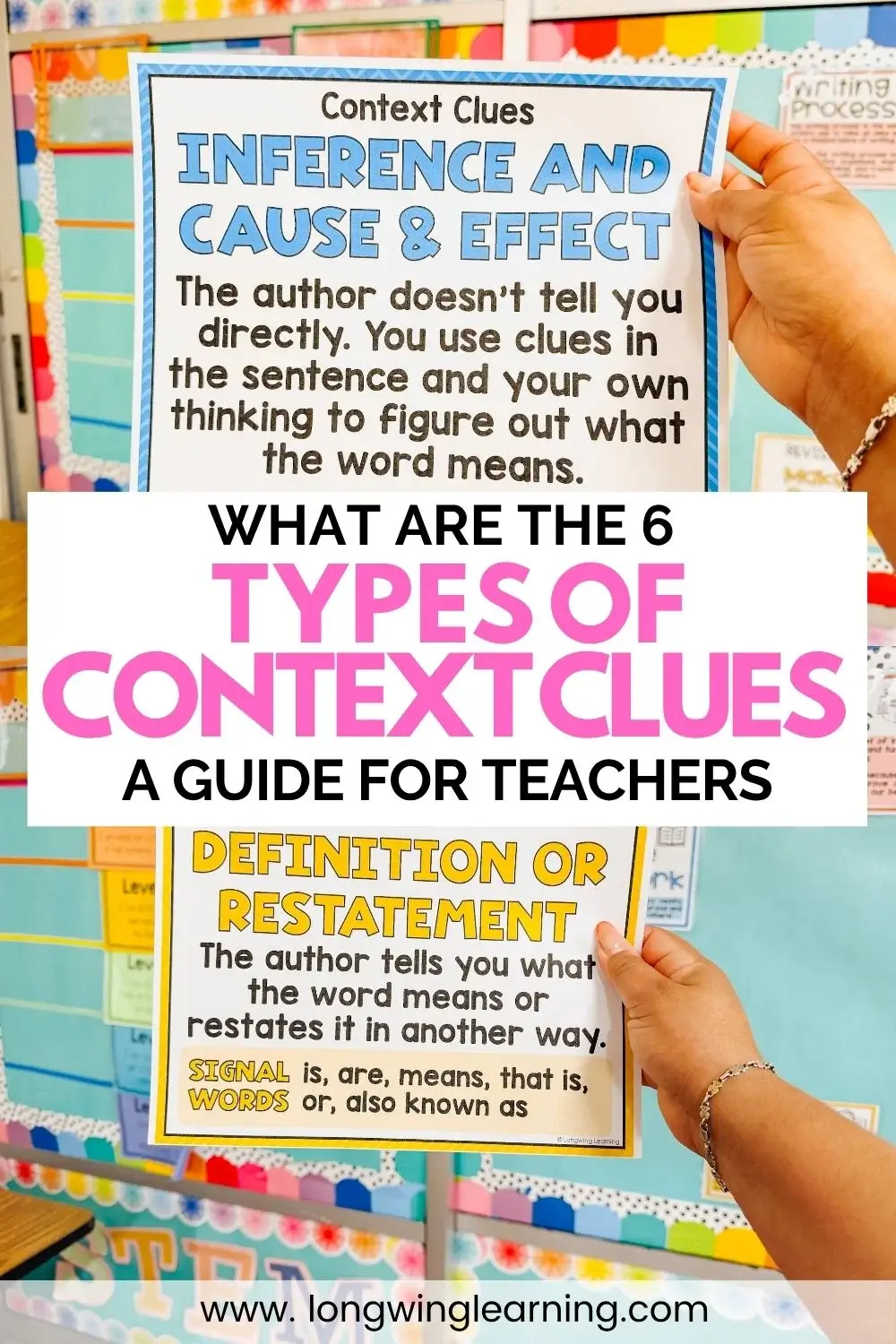Dive into teaching firsthand and secondhand accounts with these four essential reading strategies to make learning intentional and practical.
Strategy 1: State the goal of the lesson
The first strategy is to communicate the purpose of RI.4.6. Stating the goal will help your students understand the expectation and prepare them for the tasks ahead. In this standard, your student’s goal is to determine if they are reading firsthand accounts and secondhand accounts to compare the author’s viewpoint of the same topic.
As a teacher, knowing the lesson’s goal makes it easier to pick assignments for your students to demonstrate proficiency in comparing firsthand and secondhand accounts.
There are two ways you can share the goal with your students. The first way is to write an essential question on the board. This way, everyone is aware. But, don’t just write it on the board, have your kids read it by starting the lesson with it.
The second way is by using a learning scale. On a learning scale, students can rate themselves and see where they are in attaining the lesson’s goal. This way, your students can easily track their progress with you.
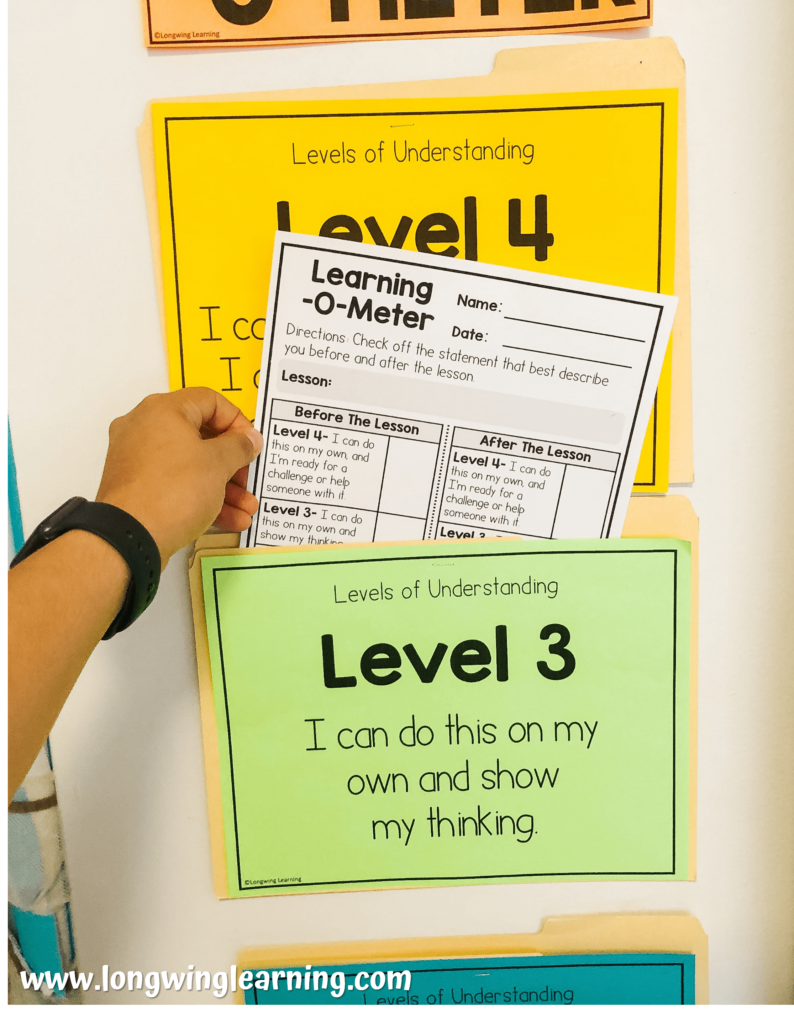
Strategy 2: Use picture books to think aloud
This next strategy is obvious but imperative! For your students to show they can compare firsthand and secondhand accounts, they need the right books in their hands.
When selecting texts, you want to pick books on the same topic with different focuses. To determine the right sets of books, look at those pronouns closely to make sure you have chosen books from different perspectives.
The most accessible reading genre to compare firsthand and a secondhand account is to pair a memoir with an informational text.
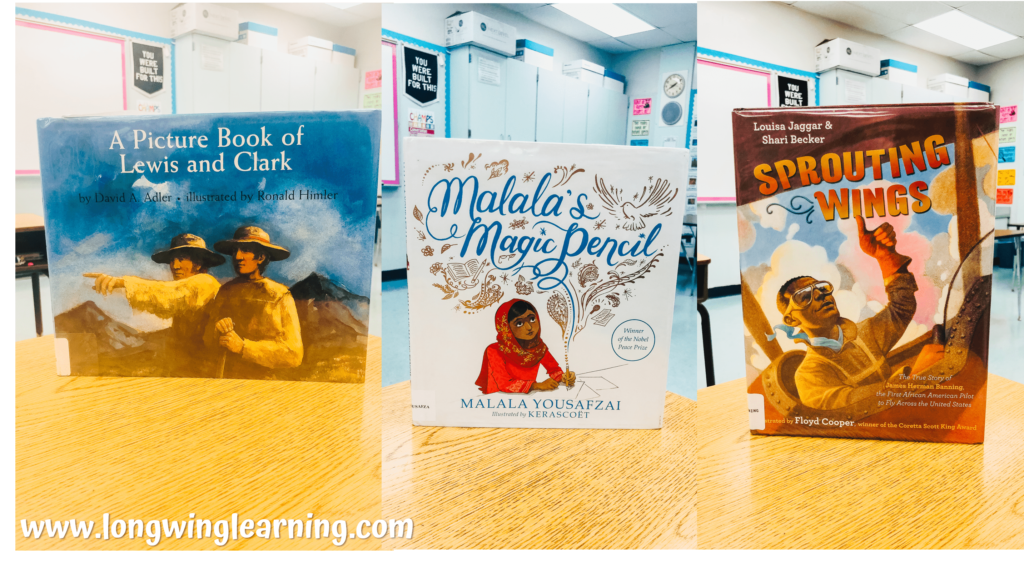
Strategy 3: Frontload academic vocabulary
The third strategy is about teaching relevant vocabulary words related to RI.4.6. In other words, teach the meaning of the words your students will come across within this lesson and their assignments.
Teaching academic words does not stop at knowing their meaning. Make sure to actively using these academic words in this lesson and throughout the year.
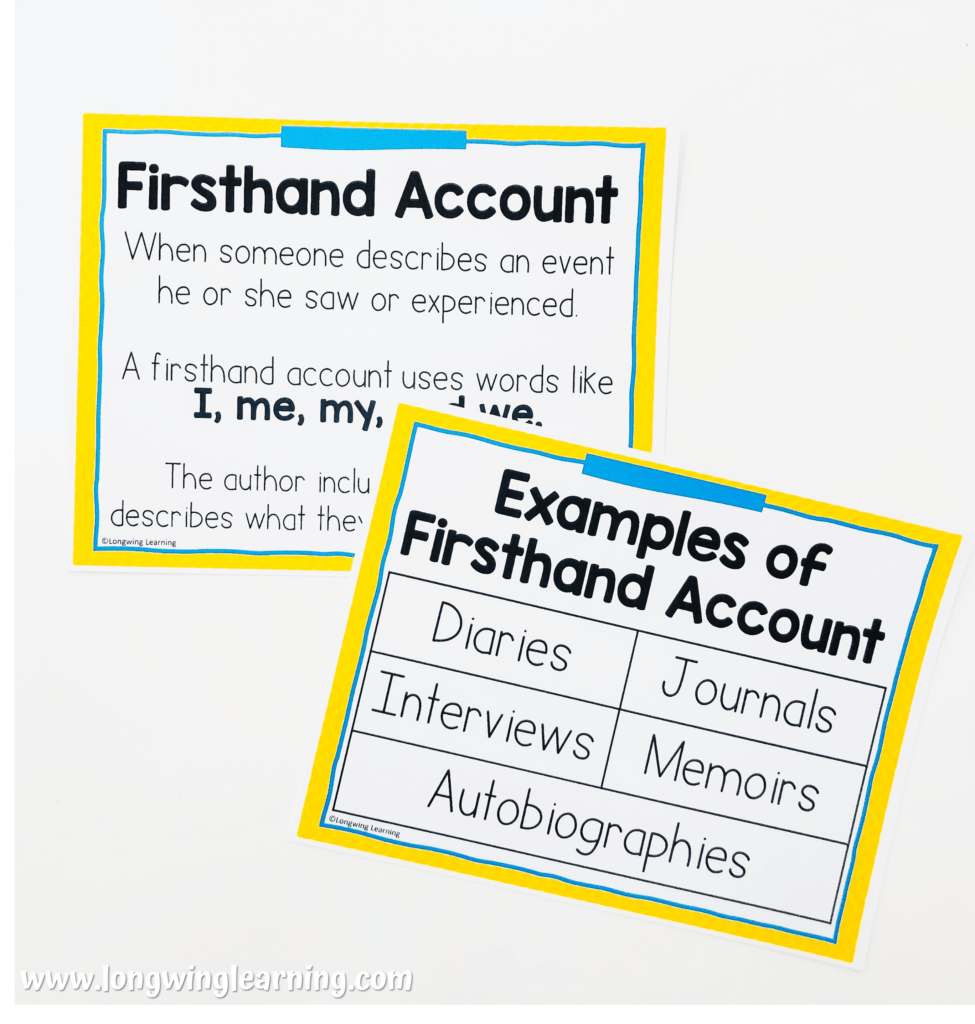
You can use the words as you are asking questions, thinking aloud, or modeling a response. Encourage your students to use them when it is their turn to talk. Display in your classroom sentence stem response to help your students actively use the words.
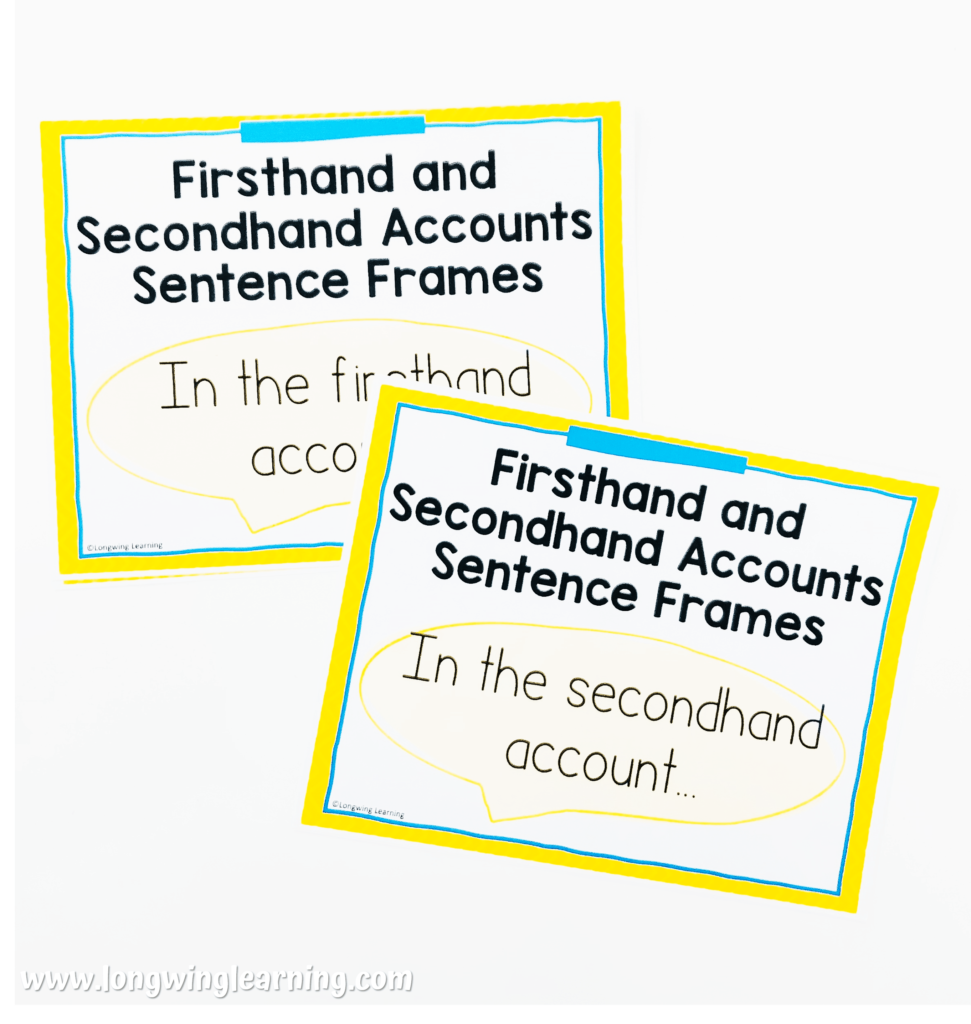
Strategy 4: Ask critical thinking questions
The final strategy is to ask critical thinking questions, specifically text-dependent questions. Text-dependent questions are questions where students need the sentences from the text to answer the question.
When teaching to compare firsthand and secondhand accounts, text-dependent questions will ask your students to point to specific sentences in the text where they determined the type of text it was.
One way to have your students successfully answered text-dependent questions is by getting them familiar with these types of questions from the beginning. Asking students from the start of the lesson text-dependent questions is one way to get them ready for standardizing testing.
To get your students comfortable with these questions, be prepared to ask text-dependent questions by writing them down on sticky notes or use index cards and bind them.
Wrapping It Up
Implementing these four essential strategies to teach firsthand and secondhand accounts will help you plan purposefully reading lessons for your students.







